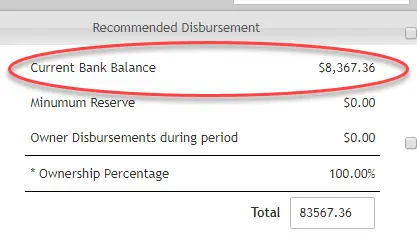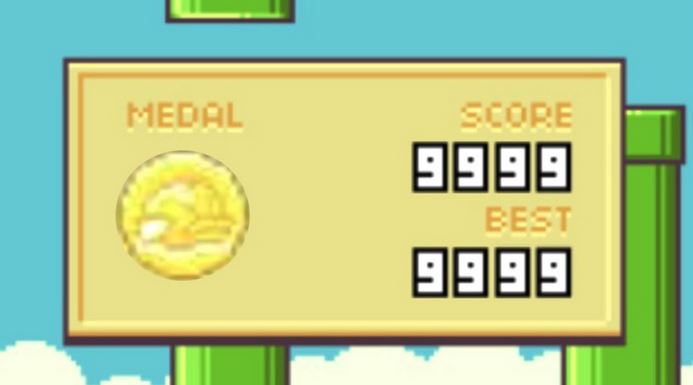Arithmetic sequences are ordered lists of numbers with a constant difference between consecutive terms. Each term is found by adding or subtracting the common difference from the previous term.
Whenever we have items or events following each other in a given order, we call this a sequence.
Arithmetic sequences are a special type of sequence that deals with numbers.
Also known as arithmetic progression, it consists of numbers ordered with each term having a common difference d with the successive term.
The sequence has a pattern or rule that enables us to predict successive numbers given any prior numbers.
Here are 2 examples of sequences that are well known to us:
- 1,5,7,9,11,13,15,17
- 2,4,6,8,10,12,14
The above 2 sequences are the odd numbers and even numbers respectively. The numbers they contain each have a difference of 2 with the next number.

Examples of Arithmetic Sequences in Everyday Life
Arithmetic sequences show up all around us in everyday life. From the way seats are arranged in a theater to the steady increase of savings in a bank account, these patterns of equal steps appear in places we often overlook. Here are some simple, real-world examples of arithmetic sequences.
- 1. Bank Deposits
- 2. Child Allowance
- 3. Machine Depreciation
- 4. Movie Tickets
- 5. Game Scores
- 6. Company Production Plans
- 7. Charity Contributions
- 8. Chemical Experiment
- 9. Calculating Unknowns In An Arithmetic Sequence
- 10. Building Project
- 11. Theater or Stadium Seating
- 12. Daily Fitness Goals
- 13. Train Departure Times
1. Bank Deposits

When a fixed amount is deposited periodically e.g., annually in an account earning a constant simple interest rate, this leads to an arithmetic sequence.
For example, if $1000 is deposited annually at 6% it earns 1000 x 0.06=$60
If another $1000 is deposited the next year, the deposits are $1000 x 2 =$2000
This will earn an interest of 2000 x 0.06 =120
Thus, if more deposits of $1000 are added each year, then interest amounts will be
60,120,180,240… This is an arithmetic sequence with an initial amount of $60 and a common difference of $60
2. Child Allowance

Parents can have an arrangement where they advance allowances to their children with a promised increase each week.
For example, a weekly allowance of $4 with a promise of a $2 weekly addition leads to the following pay in the first 3 weeks:
Week 1: $4
Week: (4+2) =$6,
Week 3: (6+2) =$8
This gives an arithmetic sequence with the first term being $4 and the common difference being $2
3. Machine Depreciation

Assets usually depreciate giving them a limited useful life.
For example, if a company purchased a truck for $35,000 and it depreciates at the constant rate of $700 per month, its value for each month will follow an arithmetic sequence.
4. Movie Tickets

As part of a promotion, free movie tickets are sometimes given out to moviegoers.
If the promotion runs for a period, the free tickets may be increased each day by a fixed amount. e.g.
- Day 1: 5 tickets
- Day 2: 8 tickets
- Day 3: 11 tickets
The numbers 5,8,11 form an arithmetic sequence with 3 as the common difference.
5. Game Scores

Computer games typically feature a scoring system for the player to indicate progress.
For example, in a game where humans are fighting aliens, the player is awarded for capturing an alien.
If the player is awarded a fixed bonus score of 30 for each additional capture he makes, the scores may look like this.
120,150,180,210… which is an arithmetic sequence.
6. Company Production Plans

A company may embark on a production expansion over a period of time.
For example, it can increase its production by 20 units each week.
If its production in the first week was 200, its production for the first 4 weeks is 200, 220, 240, 260…which follows an arithmetic sequence.
7. Charity Contributions

A donor may plan to donate to a cause over a period of time e.g., 20 years. The donations can be increased each year.
For example, the donations for the first 3 years may be 150, 170, 190.
This is an arithmetic sequence with the first term being 150 and a common difference of 30
8. Chemical Experiment

In chemistry experiments, the effects of increasing the concentration of a chemical solution are usually studied.
For example, in successive experiments, a chemist may use 4g followed by 5.2g, 6.4g, of a compound.
This gives an arithmetic sequence with the first term of 4 and a common difference of 1.2
9. Calculating Unknowns In An Arithmetic Sequence

Various problems can be presented mathematically in the form of an arithmetic sequence.
If there are unknowns such as in the sequence 2x, x +13, and 3x – 14, we can use our knowledge of arithmetic sequences to solve the value of x.
Since any two consecutive terms have a common difference, we can form 2 expressions for showing the arithmetic difference between the first two terms and the last two terms.
Expression 1:2x – (x+13)
Expression 2: (x+13)- (3x-14)
Since the two expressions give the same value, we can equate the two and solve for x.
2x – (x+13) =(x+13)- (3x-1)
10. Building Project

Building projects can extend for long periods like 40 years. A firm may want to annually increase or decrease the number of new units built each year.
For example, if for 3 consecutive years it built 7,500, 7000 and 6,500 buildings, this forms an arithmetic sequence, in which the common difference is 500 units.
The number of buildings each year is reduced by 500.
11. Theater or Stadium Seating

When you walk into a theater or sports stadium, you’ll notice that the rows of seats aren’t all at the same height or distance from the stage or field. Each row is built slightly higher or set a bit farther back than the row in front.
The increase in height or distance is typically uniform—for example, each row might be raised exactly 10 inches higher than the previous one.
This steady, fixed increase creates an arithmetic sequence, where the “common difference” is the constant change in height or spacing between rows.
Architects and designers use this pattern to ensure everyone gets an unobstructed view of the stage or playing area.
If Row 1 is at a height of 1 foot, Row 2 might be at 1.8 feet, Row 3 at 2.6 feet, and so on, with the same difference between each level.
12. Daily Fitness Goals

Fitness plans often encourage gradual, manageable progress, and arithmetic sequences are a natural fit. Imagine someone starts with a daily step goal of 5,000 steps and decides to add 500 steps each day. The totals would look like this:
- Day 1: 5,000 steps
- Day 2: 5,500 steps
- Day 3: 6,000 steps
- Day 4: 6,500 steps …
Here, the common difference is +500, meaning each day’s goal increases by exactly 500 steps.
This steady progression allows the body to adapt while clearly tracking improvement.
Trainers and fitness apps use this concept to design walking or running challenges that encourage consistent growth without overwhelming the participant.
13. Train Departure Times

Many commuter trains operate on a fixed schedule. For instance, a train might leave a station every 15 minutes starting at 6:00 a.m. The departure times would be:
6:00, 6:15, 6:30, 6:45, 7:00 …
Each departure time is separated by a constant interval of 15 minutes, making it a textbook arithmetic sequence where the common difference is +15 minutes.
Passengers can easily predict the next train’s arrival or departure because the pattern never changes.
Transport planners rely on this arithmetic structure to keep schedules regular and efficient.
General Rule for Arithmetic Sequences
Each arithmetic sequence starts with an initial term T₁. Then to get the next term, you add the common difference d.
This process is repeated with every term you get so that the sequence can run forever or until you reach the number of terms you want.
Here is an example:
T₁ =50 (the first term)
d=3 (the common difference)
To get the first 4 terms, here is the calculation:
T₁=50
T₂=50 +d =T₁+3=53
T₃=50 +2d =T₂ +3=56
T₄=50 +3d= T₃+3 =59
Therefore, the first 4 terms of the sequence are 50, 53,56, 59
To get Tn or the nth term of an arithmetic sequence, we use the general formula,
Tn=T₁ +(n-1) d
Tn=nth term of the sequence
T₁ =first term in the sequence
n=number of terms
d=common difference
So, if we want the 53rd term of the sequence of our above example, we simply use the formula in this way:
Tn=T₁ +(n-1) d
T₅₃=50 + (53-1)3 = 50+52 x 3= 50 +156=206
